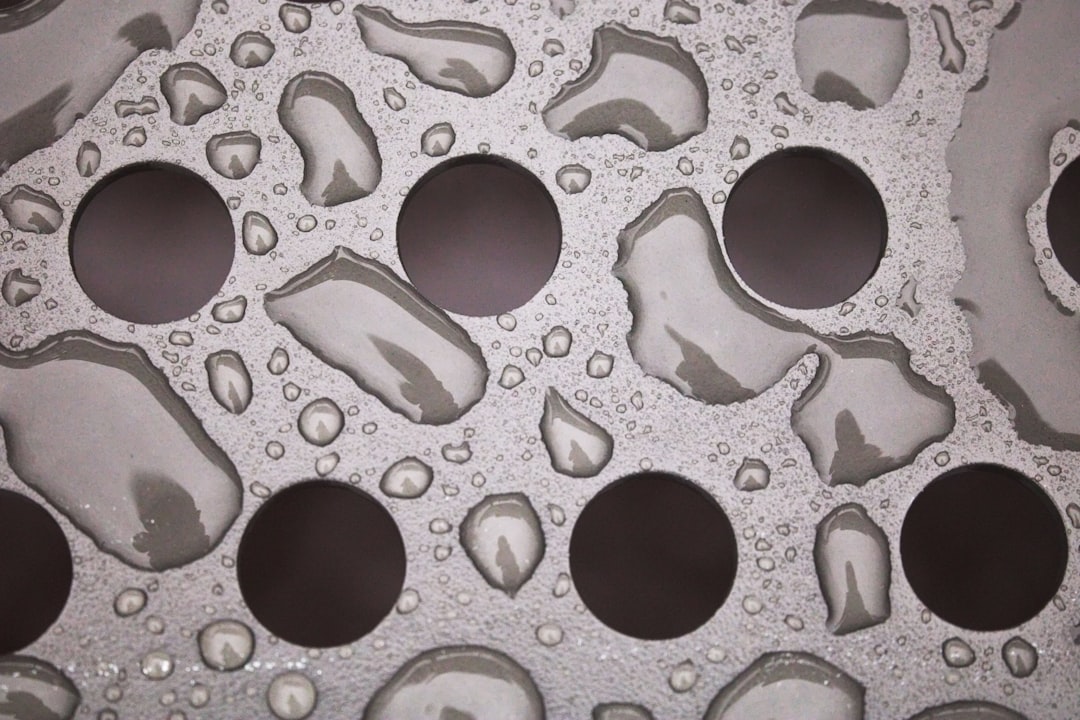In a world increasingly conscious of hygiene and infection control, the development of antibacterial surfaces represents a significant leap forward. Among these advancements, antibacterial steel, specifically stainless steel infused with antimicrobial properties, is emerging as a powerful tool in the fight against harmful bacteria. This post delves into the science, applications, and future of this innovative material.
Understanding Antibacterial Steel: How it Works
Antibacterial steel isn’t simply regular stainless steel. Its antimicrobial properties are achieved through various methods, primarily by incorporating antimicrobial agents into the steel’s composition during the manufacturing process. These agents can be metallic ions (like silver or copper), or other compounds that disrupt the bacterial cell membrane or interfere with their metabolic processes, effectively inhibiting their growth and killing them. The specific mechanism depends on the type of antimicrobial agent used. For example, silver ions are known for their broad-spectrum antimicrobial activity, effectively targeting a wide range of bacteria, fungi, and viruses. The antimicrobial effect is typically long-lasting, integrated into the steel itself rather than being a surface coating that can wear off over time. This inherent antimicrobial property makes it a durable and effective solution for maintaining hygiene.
Applications of Antibacterial Steel: Where it Shines
The versatility of antibacterial steel makes it suitable for a wide array of applications where hygiene is paramount. In healthcare settings, it can be used for countertops, sinks, medical equipment, and handrails, minimizing the risk of hospital-acquired infections (HAIs). The food industry benefits greatly from its use in food preparation areas, reducing the spread of foodborne illnesses. Public spaces like airports, train stations, and shopping malls can utilize antibacterial steel in high-touch areas like handrails, door handles, and elevator buttons to improve overall hygiene and reduce the transmission of pathogens. Even in residential settings, antibacterial steel can be incorporated into kitchen countertops and bathroom fixtures for enhanced cleanliness.
Effectiveness of Antibacterial Steel: Scientific Evidence
Numerous studies have demonstrated the effectiveness of antibacterial steel in reducing bacterial contamination. Independent laboratory tests consistently show significant reductions in bacterial counts on antibacterial steel surfaces compared to regular stainless steel. The extent of the reduction varies depending on the specific antimicrobial agent used and the type of bacteria tested. However, the overall trend points towards a substantial improvement in hygiene and infection control. While these laboratory tests provide valuable data, real-world applications also showcase its effectiveness. Studies in healthcare settings have shown a correlation between the use of antibacterial steel and a decrease in the incidence of HAIs. This data underscores the importance of antibacterial steel as a valuable tool in infection prevention.
Limitations of Antibacterial Steel: Addressing the Challenges
While antibacterial steel offers significant advantages, it’s not a panacea. One limitation is the potential for the development of antibiotic resistance. While less common than with conventional antibiotics, prolonged exposure to antimicrobial agents could theoretically lead to the emergence of resistant strains. However, the broad-spectrum activity of many antimicrobial agents used in antibacterial steel helps mitigate this risk. Another consideration is the initial cost. Antibacterial steel is typically more expensive than regular stainless steel due to the added manufacturing processes. However, the long-term benefits in terms of reduced cleaning costs, improved hygiene, and decreased infection rates can often outweigh the initial investment. Finally, the effectiveness of antibacterial steel can be influenced by factors like surface cleanliness and the concentration of antimicrobial agents within the steel.
Future Innovations in Antibacterial Steel: Looking Ahead
Research and development in antibacterial steel continue to advance. Scientists are exploring new antimicrobial agents with enhanced effectiveness and broader antimicrobial spectrums. Nanotechnology is also playing a role, with researchers investigating the use of nanoparticles to enhance the antimicrobial properties of steel. Furthermore, efforts are focused on developing more sustainable and environmentally friendly methods of producing antibacterial steel, minimizing the environmental impact of manufacturing processes. The integration of smart sensors into antibacterial steel surfaces is another exciting area of development. These sensors could monitor bacterial growth in real-time, providing valuable data for optimizing cleaning protocols and preventing outbreaks.
In conclusion, antibacterial steel represents a significant advancement in hygiene and infection control. Its diverse applications, proven effectiveness, and ongoing research make it a valuable tool in various settings. While limitations exist, the benefits of this technology far outweigh the challenges, making it a key player in shaping a cleaner and healthier future.
SEO Tags:
- Antibacterial Steel
- Antimicrobial Stainless Steel
- Hygiene Solutions
- Infection Control
- Stainless Steel Applications




